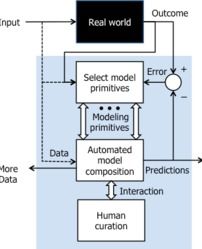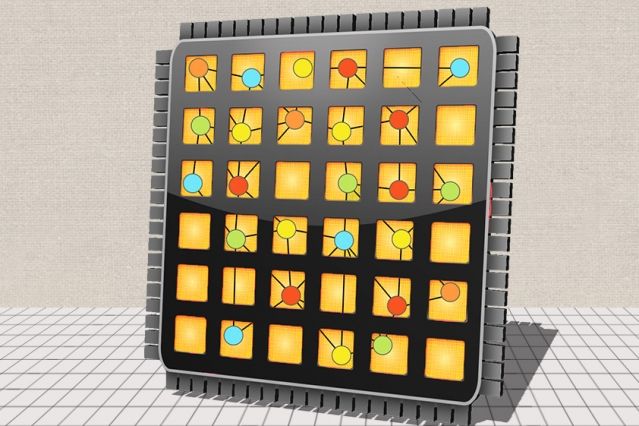Jun 20, 2016
DARPA wants to design an army of ultimate automated data scientists
Posted by Karen Hurst in categories: information science, internet, neuroscience, robotics/AI
Because of a plethora of data from sensor networks, Internet of Things devices and big data resources combined with a dearth of data scientists to effectively mold that data, we are leaving many important applications – from intelligence to science and workforce management – on the table.
It is a situation the researchers at DARPA want to remedy with a new program called Data-Driven Discovery of Models (D3M). The goal of D3M is to develop algorithms and software to help overcome the data-science expertise gap by facilitating non-experts to construct complex empirical models through automation of large parts of the model-creation process. If successful, researchers using D3M tools will effectively have access to an army of “virtual data scientists,” DARPA stated.
+More on Network World: Feeling jammed? Not like this I bet+
Continue reading “DARPA wants to design an army of ultimate automated data scientists” »


















